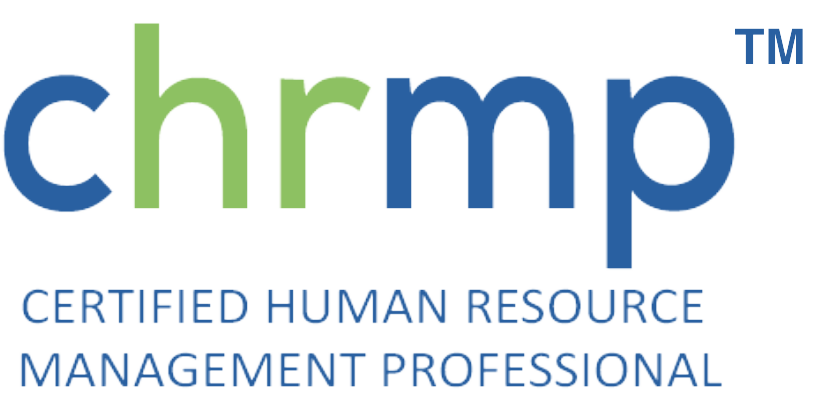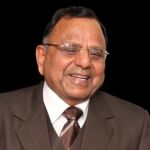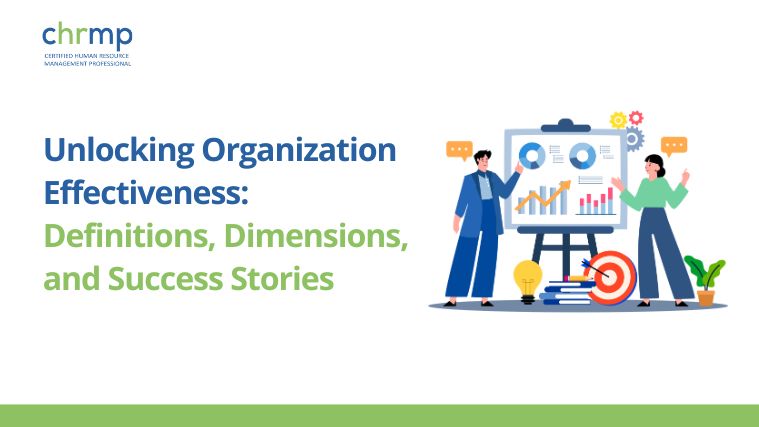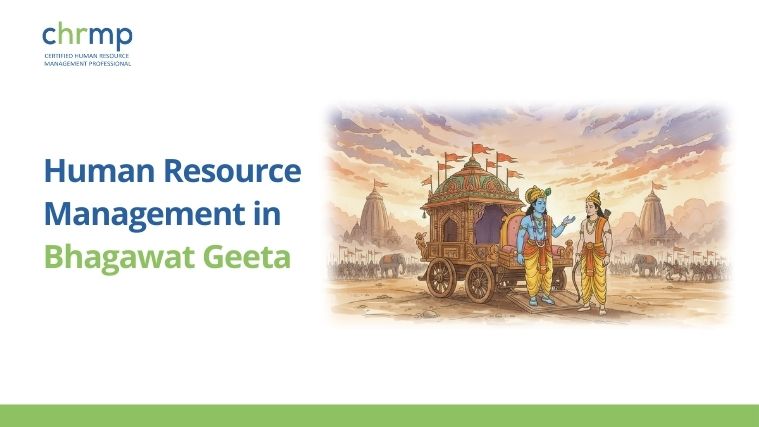Diversity and inclusiveness, in any organization are the most talked about aspects in modern day world. With globalization spreading its wings at a rapid pace in modern era, the diversity is said to be the order of the day.
1. Definition of diversity
Let us now understand what do we mean by diversity.
Diversity (noun) is defined as a range of different things .It is also a state of being diverse. The synonyms of diversity, may be variety, miscellany, heterogeneity etc.
Its antonyms may be homogeneity ,uniformity, etc.
Cambridge dictionary (cambridge.dictionary.org) defines the diversity as the effect of many different types of things or people being included in something, a range of different things or people.
Merriam Webster dictionary( merriam _webster.com) defines the diversity as given below
– The condition of having or being composed of different elements : Variety.
-The inclusion of different types of people, such as people of different races or culture in a group or organization
Wikipedia (wikipedia.org) defines the diversity as
– Differences between people.
-This may include dimensions of race, ethnicity, gender, sexual orientation, social, socio economic status, physical abilities , religious beliefs or other ideologies.
2. Types of diversity
If we scan the literature, a lot of information is available on the different types of diversity in an organization.
As per reference , resources.workable.com , different types of diversity are :
- Gender diversity
- Cultural diversity
- Skill sets diversity
- Racial diversity
- Age diversity
- Disability diversity
- Religious diversity.
On the other hand, as per the reference , bartleby.com , diversity does not mean only cultural , racial or religious diversity, but also the difference in qualities of people, even if they belong to same or different types of cultural or ethnic groups.
It means that, if you want to harness the maximum potential of people to benefit an organization , you should see their qualities , rather than their cultural affiliations.
It appears to be quite logical from the point of view of top management. They have ,thus ,listed the following diversities from people point of view.
- Occupational diversity.
- Differences in skills and abilities
- Personality traits
- Value and attitudes
3.Diversity and inclusiveness
Inclusiveness is defined as the practice or policy of including people ,who may otherwise be excluded, or marginalized., due to one reason or the other.
Thus, to carry along with people, and also to harness their optimum potential, inclusiveness must be blended along with diversity
This is the opinion of management experts that not only diversity but inclusivity should equally be taken due care.
Actually, in the past few years, there has been too much talk of diversity in organizations. This was sometimes done to stick to the statutory requirements of having a fair and just representation of people from diverse categories, based on gender, culture, ethnicity, etc.
However ,the results were not found to be commensurate, when only the diversity was the key focus of organizations
A 2018 report from “Diversity Council of Australia “ showed that only 22% of businesses measured the impact of diversity and inclusiveness.
However, they devised a new index, known as” inclusion@ work “.
Inclusive teams were found to be superior in following ways.
-Inclusive teams were found to be 10 times more productive than non inclusive teams.
– The level of satisfaction in such groups was higher.
-They were found to be more innovative.
-Members of inclusive team also felt that they’re harassed to a lesser extent.
In nutshell, it is always better to have a diverse and inclusive team, rather than to have a team based only on diversity.
4.Diversity and talent acquisition
Talent acquisition is the most beneficial aspect in an organization, when diversity is the key focus. Ignoring it may devoid, an organization from attracting the people of highest talent.
Further, as per the latest research carried out ,the millennials, who are the future employees of the organizations ,prefer an organization , which follows diversity and inclusiveness both.
Hence, the best option is to have talent from a background of varieties.
However , many researchers are of the opinion that making an implementable plan to increase productivity and efficiency of diverse work force is really the most challenging one.
Assimilating the people from diverse back grounds takes time.
Hence, the best option is to take people from diverse backgrounds, but not based on their ethnicity, but values.. The hiring process ,thus, should be based on the skill sets , value system, personality traits and occupational efficiency. This has also been corroborated by Bartleby.com, as stated earlier.
5. Conclusions
Based on the above discussions, the following conclusions may be arrived at.
-Diversity and inclusiveness, are the modern day trends, which must be adopted by all corporates.
– Caution is required in evolving a policy for diversity and inclusiveness in any organization.
– The big question is that, whether a policy should be evolved fully on the basis of ethnicity or the one based on value system, skill sets, occupational expertise and personality traits.
-The author is of the opinion that the latter option is the best one.
Ripples Learning is continuously striving to add value to knowledge pertaining to human resource field, through its blogs and different state of the art programs.
For knowing more about us, please go through the following websites:






